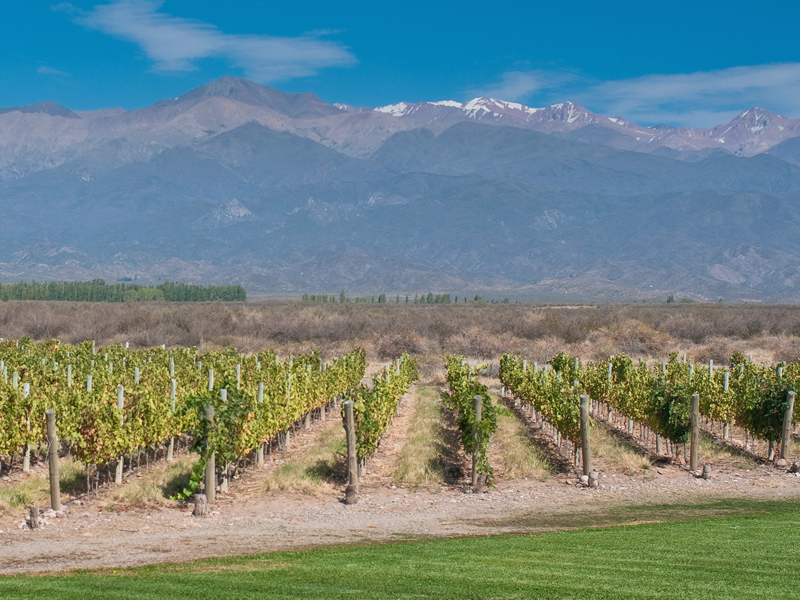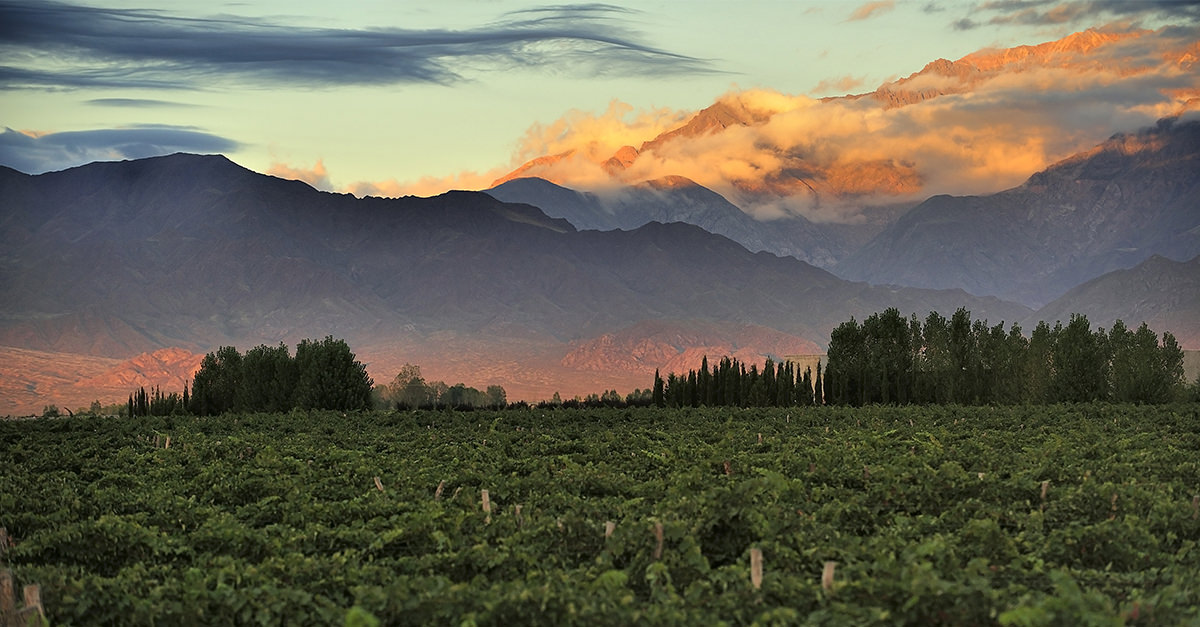Malbec is a wine that seemingly came out of nowhere over the past ten years and quickly has become one of the most popular red wines on the American market. It is a red wine that is a crowd-pleaser and easy to drink, with a ton of juicy fruit flavors. The wine has become so popular it’s actually hard to think of a time when the wine wasn’t everywhere, but its growth in popularity is actually very recent.
Malbec was born in France where it was primarily used as a blending grape in the country’s famous Bordeaux blend. While the grape had excellent potential to be made into the pure Malbec wine we know today, only the French region of Cahors did so, and until recently that wine rarely made its way outside of the country.
For almost 100 years after being planted, Malbec remained a wine consumed inside Argentina, with very little being exported.
The main reason for Malbec’s failure to rise in stature and make it outside of France, like Merlot, Cabernet Sauvignon and Pinot Noir, was its susceptibility to disease and rot. The roots of the Malbec vines did not respond well to a French climate, rotting easily, and a winemaker could very easily lose an entire crop just before they were ready to harvest. These weak characteristics caused many winemakers to avoid planting too much of the grape, for fear of giving up precious land to fruit that could easily die, and therefore planted just enough to add to a blend if the grape did indeed survive the growing season.
Nevertheless, in the mid-nineteenth century, when a group of Argentine winemakers consulted French agronomist Michel Pouget for his thoughts on a grape they should plant in order to improve the quality of Argentine wine, the grape he recommended was Malbec! These Argentines took vine cuttings from France and brought them back to Argentina, primarily planting them in the wine region of Mendoza. In the hot high-altitude of the region, the Malbec vines thrived, exhibiting none of the weaknesses they had in France. This caused many winemakers to believe Malbec was a grape that had truly belonged in Argentina all along.
 In the hot high-altitude of the region, the Malbec vines thrived, exhibiting none of the weaknesses they had in France.
In the hot high-altitude of the region, the Malbec vines thrived, exhibiting none of the weaknesses they had in France.For almost 100 years after being planted, Malbec remained a wine consumed inside Argentina, with very little being exported. As the wine remained inside the country it continued to get better and better, but American consumers still had very little knowledge of it. Then, in the early 2000s, economies around the world began to see trouble, which caused prices to rise, including the price of wine made in Europe and the U.S. Many Americans started seeking an affordable delicious alternative and thus Malbec’s time had arrived.
According to Letite Teague of The Wall Street Journal, Malbec took off in the U.S. due to its populist appeal. It was a wine not discovered by sommeliers, but by regular wine drinkers seeking a wine that was both delicious and affordable. The wine’s popularity spread via word of mouth, not wine lists, and to this day is still found more in people’s homes than in restaurants.
With the explosion of Argentine Malbec has come other regions now producing the wine, including Chile, as well as Cahors, the region in France that had been producing the wine all along, and now finally found a demand outside of its tiny region.
What makes Malbec so popular is how easy it is to drink and how well it goes with or without food. Some people love to call Malbec a working man’s Merlot, as the wine has many of the same characteristics that make Merlot easy to drink, with an added spice and acidity that makes it seem less polished. Malbec is the guy who rides the Harley to Merlot’s guy that drives the Vespa.
If you’re serving red wine to a diverse crowd, Malbec is always a safe, crowd-pleasing bet.
Keep Reading About Malbec
- Six Old World Grapes That Made It Big In The New World
- A Wine To Help You Survive Winter; Or, Polar Vortex Medicine
- Lost In The Mountains Of Argentine Wine Country
- Six Great French Wines You’ve Never Heard Of
Header image via Shutterstock.com & T photography
